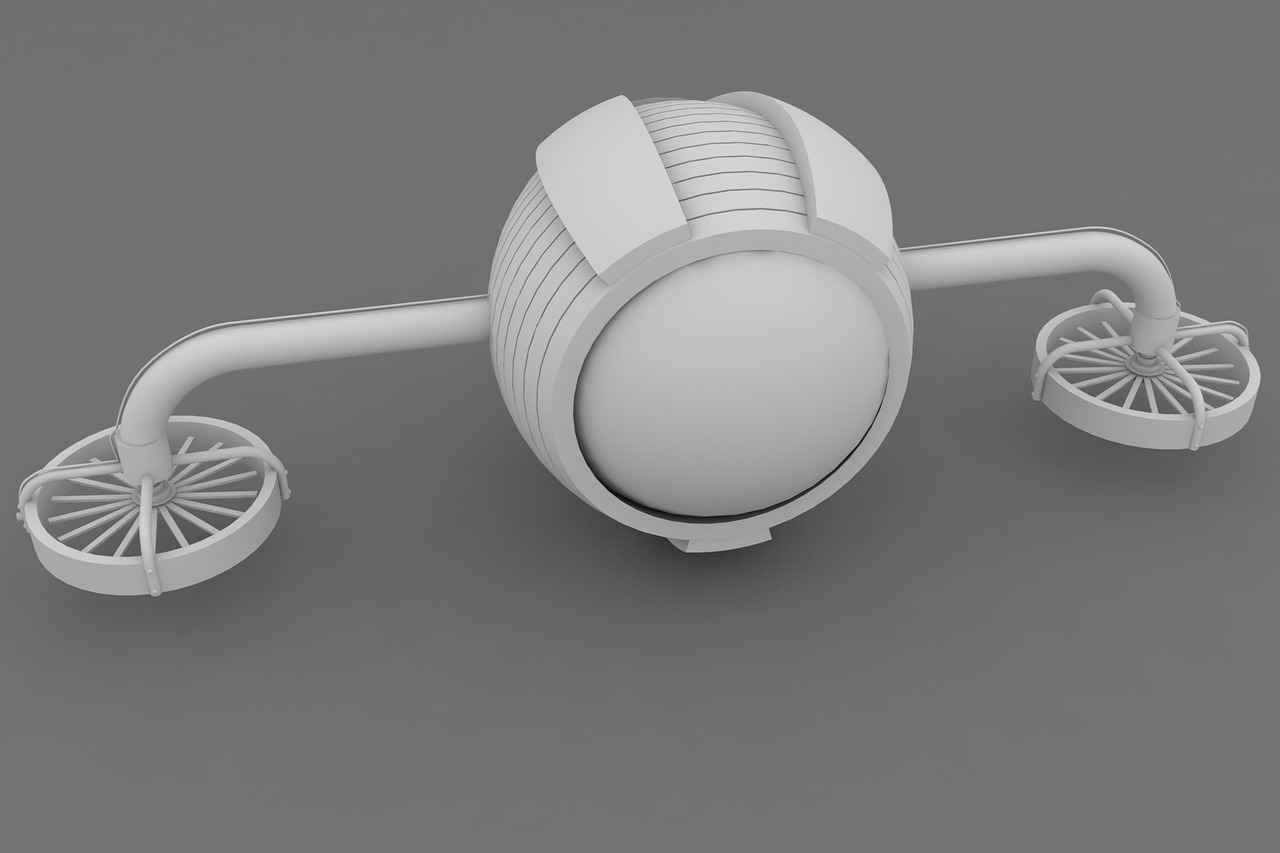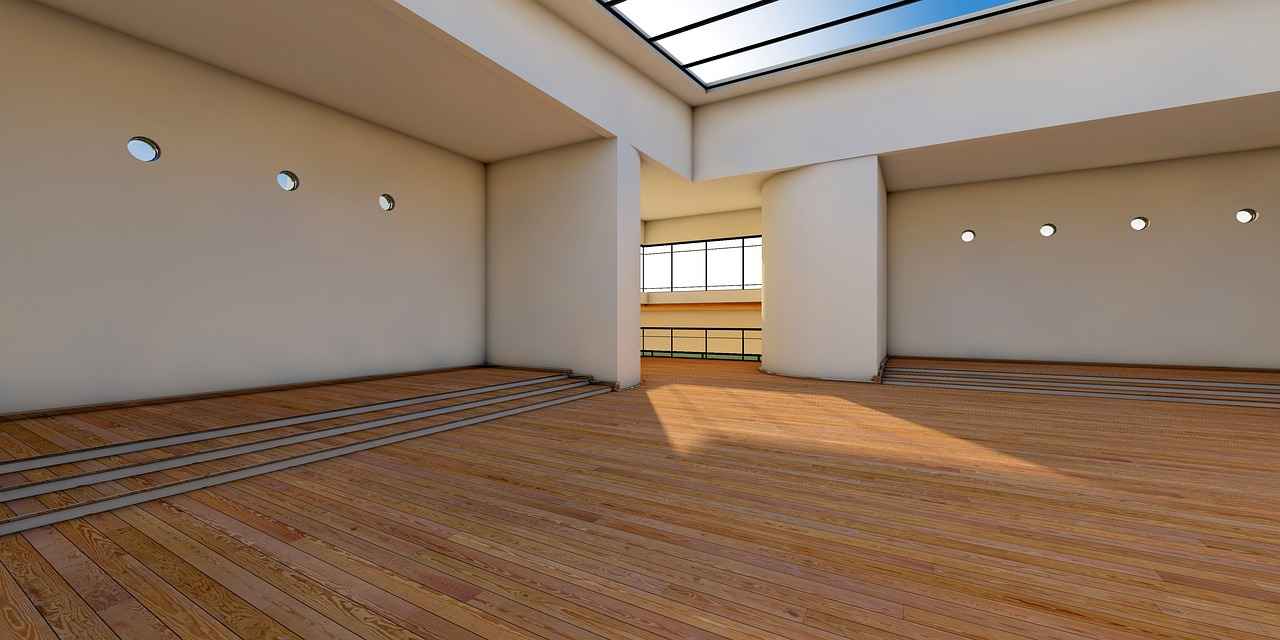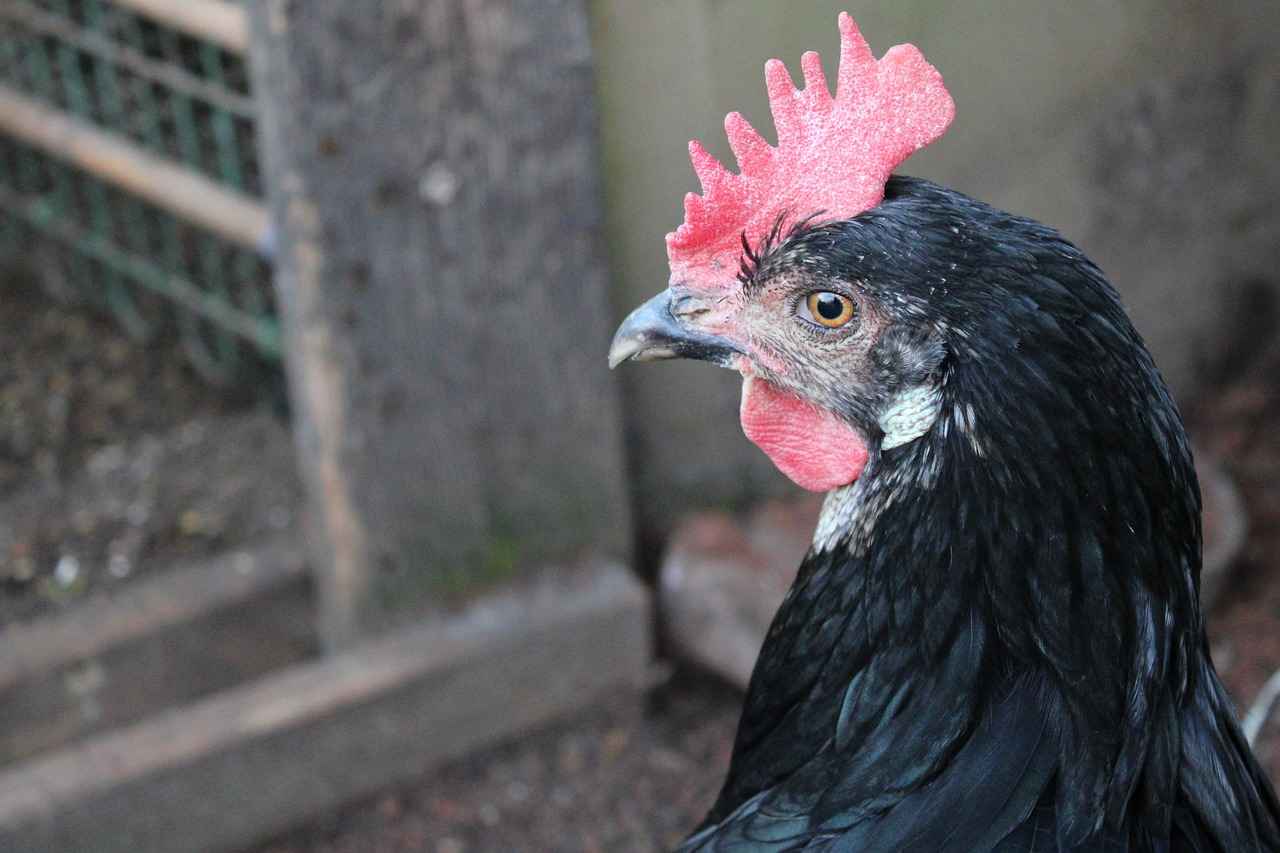This article delves into the remarkable advancements in animation over the past two decades, focusing on technological innovations, stylistic changes, and the transformative impact of streaming platforms on the animation industry.
The Rise of 3D Animation
In the last 20 years, 3D animation has revolutionized the animation landscape. Enhanced rendering techniques and sophisticated software have enabled creators to produce visually stunning films and video games that captivate audiences worldwide.
Technological Innovations in Animation
Recent technological breakthroughs, including motion capture and AI-driven animation tools, have fundamentally changed how animators work, improving efficiency and elevating the quality of animated productions.
- Motion Capture Technology: This technique records live actors’ movements, translating them into lifelike animations, thus enhancing character realism.
- AI in Animation: Artificial intelligence streamlines workflows and opens up new creative avenues, such as automating background generation and reducing repetitive tasks.
Stylistic Changes in Animation
The last two decades have also witnessed significant stylistic evolutions. A blend of traditional and modern aesthetics has enriched visual storytelling, allowing for diverse animated works.
- Influence of Anime: The global rise of anime has shaped Western animation styles, leading to richer narratives and broader audience appeal.
- Hybrid Animation Techniques: The fusion of 2D and 3D elements has allowed for innovative visual styles, captivating a wide array of viewers.
The Impact of Streaming Platforms
The emergence of streaming services has reshaped the animation industry, offering creators new opportunities to reach audiences and experiment with unconventional storytelling formats.
- Original Animated Series: Platforms have heavily invested in original content, resulting in a creative renaissance that caters to diverse demographics.
- Short-Form Animation Content: The popularity of short animations on platforms like YouTube and TikTok has surged, catering to audiences seeking quick, engaging entertainment.
The Future of Animation
Looking forward, the animation industry is poised for further transformation through ongoing technological advancements and evolving audience preferences. The integration of virtual reality is expected to create immersive experiences, while sustainability in production practices will become increasingly vital.
Conclusion
As we reflect on the evolution of animation over the past two decades, it is clear that technological advancements, stylistic innovations, and the rise of streaming platforms have collectively shaped a dynamic and exciting industry, promising even greater developments in the years to come.

The Rise of 3D Animation
Over the past two decades, the 3D animation industry has undergone a remarkable transformation, significantly impacting both film and gaming sectors. This evolution is characterized by groundbreaking advancements in rendering techniques, software development, and the overall visual storytelling experience.
One of the most notable changes in 3D animation is the enhancement of rendering techniques. High-definition graphics and real-time rendering capabilities have made it possible to create visually stunning animations that captivate audiences. The introduction of powerful graphics processing units (GPUs) has enabled animators to produce intricate details and lifelike textures, making animated characters more relatable and immersive.
Furthermore, the integration of advanced software has streamlined the animation process. Programs such as Blender, Maya, and 3ds Max have become industry standards, offering tools that facilitate everything from modeling to animation and rendering. These innovations have allowed artists to focus more on creativity rather than technical limitations.
Additionally, the rise of motion capture technology has revolutionized character animation. By recording the movements of live actors, animators can achieve realistic motion that enhances the believability of animated characters. This technology has been widely adopted in both films and video games, resulting in performances that resonate with audiences on an emotional level.
As the demand for high-quality animations continues to grow, the industry is also witnessing a blend of traditional and modern techniques. This hybrid approach allows creators to explore unique visual styles that appeal to diverse audiences, further enriching the animation landscape.
In conclusion, the last 20 years have seen 3D animation evolve into a powerful medium that combines artistic expression with technological innovation. As we look to the future, it is clear that the potential for 3D animation is limitless, promising even more breathtaking visual experiences in the years to come.

Technological Innovations in Animation
have significantly transformed the landscape of the animation industry over the past two decades. As animators strive for greater creativity and efficiency, advancements such as motion capture and AI-driven animation tools have emerged as game-changers, enabling the production of high-quality content with unprecedented ease.
One of the most groundbreaking innovations is motion capture technology. This technique allows animators to record the movements of live actors and translate those movements into digital character animations. By capturing the nuances of human motion, animators can create incredibly lifelike characters that resonate with audiences. The realism achieved through motion capture enhances storytelling, making animated films and video games more immersive and relatable.
However, the use of motion capture is not without its challenges. While it offers remarkable advantages, such as improved authenticity in character movements, it also requires extensive post-production work. Animators must carefully refine the captured data to ensure that it aligns perfectly with the creative vision of the project. Moreover, there is a risk of over-reliance on this technology, which may stifle the creative exploration of traditional animation techniques.
On the other hand, the integration of artificial intelligence (AI) into animation workflows is revolutionizing the industry in new ways. AI-driven tools can automate repetitive tasks, such as in-betweening and background generation, allowing animators to focus on more creative aspects of their work. This efficiency not only speeds up production timelines but also opens up new creative possibilities, enabling artists to experiment with innovative styles and narratives.
In conclusion, the technological advancements in animation, particularly through motion capture and AI, are reshaping the industry. These innovations enhance the quality of animated productions while making the creative process more efficient. As technology continues to evolve, it will be exciting to see how it further influences the art of animation, paving the way for even more captivating storytelling experiences.
Motion Capture Technology
has revolutionized the animation industry, providing animators with tools to create lifelike character movements. By recording the actions of live actors, motion capture allows for the seamless translation of these movements into digital animations, offering a level of realism that traditional animation techniques often struggle to achieve.
The process involves using sensors and cameras to capture the intricate details of an actor’s performance. These recordings are then processed and applied to digital models, resulting in animations that mirror human movement with astonishing accuracy. This technology has been instrumental in producing some of the most memorable animated characters in recent cinematic history, as it enhances the emotional depth and relatability of these figures.
| Advantages of Motion Capture | Challenges of Motion Capture |
|---|---|
| Realism: Provides authentic character movements. | Post-Production: Requires extensive editing and refinement. |
| Efficiency: Speeds up the animation process. | Over-Reliance: Can limit creative exploration. |
| Versatility: Applicable in various media, including films and video games. | Cost: High initial investment in technology and training. |
Despite these challenges, the benefits of motion capture technology are undeniable. It has become a cornerstone in the production of animated films, allowing creators to push the boundaries of storytelling. As technology continues to advance, we can expect even more innovative applications of motion capture, further enhancing the viewer’s experience.
In conclusion, motion capture technology is not just a tool but a transformative force in animation, enabling artists to bring their visions to life with unprecedented realism. The evolution of this technology promises exciting developments in the future of animated storytelling.
Benefits of Motion Capture
The integration of motion capture technology in animation has revolutionized the way characters are brought to life in both films and video games. This innovative technique involves recording the movements of live actors and translating those movements into digital animations, resulting in a more authentic and realistic portrayal of characters. Here are some key benefits of motion capture:
- Enhanced Realism: By capturing the nuances of human movement, motion capture allows animators to create characters that move and behave in a lifelike manner. This realism helps audiences connect emotionally with the characters, making their experiences more immersive.
- Improved Performance Quality: Utilizing real actors to inform animated performances leads to more expressive and relatable characters. The subtleties of facial expressions and body language are preserved, enhancing the overall storytelling.
- Efficiency in Production: Motion capture can significantly reduce the time and effort required for animation. Instead of animating every movement frame by frame, animators can focus on refining the captured data, streamlining the production process.
- Collaboration with Live Action: The seamless integration of motion capture with live-action footage allows for a unique blend of styles. This hybrid approach enables filmmakers to create visually stunning scenes that combine both live performance and animated elements.
- Creative Freedom: With the groundwork laid by motion capture, animators can explore new creative avenues. They can experiment with character designs and narratives that were previously difficult to achieve, pushing the boundaries of animated storytelling.
In conclusion, the benefits of motion capture technology extend beyond mere aesthetics. They offer a pathway to create more engaging and relatable animated characters, ultimately enhancing the viewer’s experience. As technology continues to evolve, the potential for motion capture in animation will only grow, paving the way for even more innovative storytelling methods.
Challenges of Motion Capture
While motion capture technology has undeniably transformed the animation landscape, it is not without its challenges. Understanding these challenges is crucial for animators, filmmakers, and game developers alike.
- Extensive Post-Production Work: One of the most significant drawbacks of motion capture is the need for extensive post-production work. After capturing the actors’ movements, animators must refine and edit the data to ensure a seamless integration with the animated environment. This process can be time-consuming and requires a skilled team to achieve the desired level of realism.
- Over-Reliance on Technology: Another challenge is the potential for over-reliance on technology. While motion capture can produce stunningly realistic animations, it can sometimes limit the creative process. Animators may become too dependent on captured data, which can stifle creative innovation and lead to a lack of unique artistic expression. This reliance can result in animations that, while technically impressive, lack the emotional depth and originality that hand-drawn or traditionally animated works often possess.
- Physical Limitations: Motion capture is also subject to physical limitations. The technology relies on the movements of live actors, which means that any physical constraints or inaccuracies can affect the final output. For instance, if an actor cannot perform a specific action convincingly, it may result in an unrealistic portrayal of the character.
- Cost Implications: Implementing motion capture technology can be expensive. The need for specialized equipment, studio space, and skilled personnel can drive up production costs. For smaller studios or independent creators, these expenses can be prohibitive, limiting access to this advanced technology.
In conclusion, while motion capture technology offers remarkable advantages for the animation industry, it is essential to recognize and address the challenges it presents. By doing so, creators can strike a balance between utilizing cutting-edge technology and preserving the artistic integrity that makes animation a unique and evocative medium.
AI in Animation
has emerged as a transformative force in the animation industry, revolutionizing traditional workflows and opening up a realm of creative possibilities. As animators increasingly integrate artificial intelligence into their processes, the efficiency and quality of animation production have dramatically improved.
One of the most significant advantages of AI in animation is its ability to automate repetitive tasks. Tasks that once consumed hours of an animator’s time, such as in-betweening frames or generating backgrounds, can now be handled by AI algorithms. This not only speeds up the production process but also allows animators to focus on more creative aspects of their work, enhancing overall productivity.
Moreover, AI tools can assist in generating backgrounds and environments, providing animators with a vast library of assets that can be customized to fit their artistic vision. For instance, AI-driven software can analyze style and color palettes, enabling the automatic creation of backgrounds that match the desired aesthetic of the animation. This capability not only saves time but also encourages experimentation with different styles and themes.
AI also plays a crucial role in character animation. By utilizing machine learning, animators can create more lifelike and fluid movements. AI systems can analyze motion data and predict how characters should move in various scenarios, resulting in animations that feel more natural and engaging. This technology has been especially beneficial in video games, where character interactions need to be seamless and responsive.
However, the integration of AI in animation is not without its challenges. While AI can enhance productivity, there is a concern that over-reliance on technology might stifle creativity. Animators must strike a balance between leveraging AI tools and maintaining their unique artistic touch.
In conclusion, the incorporation of AI into animation workflows represents a significant evolution in the industry. By streamlining processes and enabling new creative possibilities, AI is reshaping how animated content is produced, paving the way for a future where technology and artistry coexist harmoniously.

Stylistic Changes in Animation
The Evolution of Animation Styles: A Two-Decade Journey
Over the past twenty years, the world of animation has experienced remarkable transformations, characterized by a fusion of traditional artistry and modern aesthetics. This evolution has not only enriched visual storytelling but also expanded the boundaries of creativity within the medium.
Blending Traditional and Modern Techniques
As technology advanced, animators began to incorporate hand-drawn techniques alongside computer-generated imagery (CGI). This hybrid approach allows for a unique visual language that resonates with diverse audiences. For instance, films like Spider-Man: Into the Spider-Verse showcase a stunning combination of 2D and 3D elements, creating a dynamic viewing experience that feels both nostalgic and innovative.
The Influence of Global Animation Styles
Another significant trend has been the influence of global styles, particularly anime, which has gained substantial traction in Western markets. This has led to a broader acceptance of diverse storytelling techniques and character designs, enriching the animation landscape. The unique narrative styles and emotional depth found in anime have inspired many Western creators to experiment with their own storytelling methods.
Impact of Streaming Services on Animation Styles
The rise of streaming platforms has further accelerated these stylistic changes. With the demand for original content at an all-time high, creators are now encouraged to push the boundaries of traditional animation. This has resulted in a plethora of experimental animation styles that cater to niche audiences, leading to a more vibrant and varied animation scene.
Conclusion: A Bright Future for Animation
In conclusion, the past two decades have seen a significant evolution in animation styles, driven by technological advancements and cultural exchanges. As animators continue to explore new techniques and narratives, the future of animation promises to be as exciting and diverse as the stories it tells.
Influence of Anime
In recent years, anime has become a significant cultural phenomenon, transcending its origins in Japan to captivate audiences around the globe. This remarkable rise in popularity has not only enriched the viewing experience for fans but has also profoundly influenced Western animation styles and storytelling techniques.
One of the most notable impacts of anime on Western animation is the incorporation of unique art styles. Traditional Western animations often emphasize a more cartoonish aesthetic, while anime introduces a diverse range of visual styles, from the highly detailed character designs to the fluid motion sequences that enhance emotional storytelling. This has encouraged Western animators to experiment with their art styles, leading to a more varied visual landscape.
Moreover, anime’s storytelling techniques have inspired Western creators to explore more complex narratives. Where traditional animated shows might focus on episodic humor or simplistic plots, anime often delves into intricate character development and overarching story arcs. This shift has allowed for deeper emotional engagement, resonating with audiences who seek meaningful connections with animated characters.
Another significant influence is the exploration of mature themes. Anime has a reputation for tackling serious subjects, such as mental health, existentialism, and societal issues, which were previously considered taboo in children’s animation. This has encouraged Western creators to push boundaries and address more profound themes, resulting in content that appeals to a broader demographic, including adults.
Furthermore, the rise of streaming platforms has facilitated the global spread of anime, allowing diverse audiences to access a wide array of titles. This accessibility has led to a growing appreciation for the medium, inspiring collaborations between Western and Japanese studios, thus further blending cultural influences.
In conclusion, the influence of anime on Western animation is undeniable. It has revolutionized artistic expression, narrative complexity, and thematic depth, leading to a richer and more diverse range of animated content available to viewers worldwide. As the animation industry continues to evolve, the cross-pollination of ideas between these two realms will likely yield even more innovative and engaging storytelling.
Hybrid Animation Techniques
have emerged as a groundbreaking trend in the animation industry, combining the best elements of both 2D and 3D animation to create visually stunning and narratively rich experiences. This innovative approach allows creators to push the boundaries of traditional animation and explore unique styles that resonate with a diverse audience.
Over recent years, the blending of 2D and 3D techniques has become increasingly prevalent, enabling animators to craft stories that are not only visually appealing but also emotionally engaging. By integrating hand-drawn artistry with computer-generated imagery (CGI), creators can achieve a distinctive aesthetic that captures the essence of both worlds.
- Enhanced Visual Styles: The combination of 2D and 3D elements allows for a greater range of artistic expression, leading to innovative designs that stand out in a crowded market.
- Dynamic Storytelling: Hybrid techniques facilitate more complex narratives, as animators can utilize the strengths of each style to convey deeper themes and emotions.
- Broader Audience Reach: By appealing to fans of both traditional and modern animation, creators can tap into a wider demographic, increasing the potential for success.
One of the most notable examples of hybrid animation is the critically acclaimed film “Spider-Man: Into the Spider-Verse,” which beautifully merges 2D comic book styles with 3D animation to create an immersive viewing experience. This film not only showcases the potential of hybrid techniques but also sets a new standard for future animated projects.
As technology continues to evolve, the possibilities for hybrid animation are limitless. With advancements in software and rendering capabilities, animators can experiment more freely, leading to exciting new forms of storytelling that engage and inspire audiences worldwide.
In conclusion, hybrid animation techniques represent a significant evolution in the animation landscape, blending traditional artistry with modern technology to create captivating visual narratives. This trend is likely to shape the future of animation, offering endless opportunities for creativity and innovation.

The Impact of Streaming Platforms
The emergence of streaming platforms has dramatically reshaped the animation industry, offering both creators and audiences a plethora of new opportunities and experiences. As traditional broadcasting methods decline, platforms like Netflix, Hulu, and Disney+ have stepped in to fill the void, creating a vibrant ecosystem for animated content.
Expanded Reach and Accessibility
Streaming services have made animated shows and films accessible to a global audience, breaking geographical barriers that previously limited viewership. This accessibility allows creators to explore niche genres and themes that may not have found a place in conventional media. As a result, we see a surge in diverse storytelling that reflects various cultures and experiences.
Innovative Storytelling Formats
With the flexibility of streaming, creators are experimenting with unconventional storytelling formats. Series can now be episodic, short-form, or even interactive, allowing viewers to engage with the content in unique ways. For instance, shows like “Love, Death & Robots” utilize anthology formats that present varied animation styles and narratives within a single series.
Investment in Original Content
Streaming platforms have recognized the potential of animation and are heavily investing in original animated series. This investment has led to a renaissance in creativity, with shows like “Big Mouth” and “Castlevania” pushing boundaries in terms of themes and artistic expression. These original series not only entertain but also tackle relevant social issues, resonating with audiences on multiple levels.
The Rise of Short-Form Content
Moreover, the popularity of short-form animated content has skyrocketed, particularly on platforms like YouTube and TikTok. Creators are now able to produce quick, engaging animations that cater to audiences seeking bite-sized entertainment. This trend has democratized animation, allowing anyone with a creative spark to share their work with the world.
Conclusion
In conclusion, streaming platforms have not only transformed how animated content is distributed and consumed but have also empowered creators to explore new artistic horizons. As the industry continues to evolve, it is clear that the influence of streaming will remain a pivotal force in shaping the future of animation.
Original Animated Series
have become a cornerstone of the modern animation landscape, particularly with the rise of streaming platforms. These platforms have not only invested significantly in original content but have also fostered a creative renaissance within the animation industry. This investment has led to a surge in unique storytelling and diverse narratives that appeal to a wide array of demographics.
In recent years, platforms like Netflix, Amazon Prime Video, and Disney+ have dedicated substantial resources to developing animated series that push the boundaries of traditional animation. This has resulted in a variety of genres, from family-friendly comedies to darker, more mature themes, allowing creators to explore complex narratives that resonate with different audiences.
- Diverse Narratives: The emphasis on inclusivity has led to stories that reflect various cultures, identities, and experiences. This diversity enriches the viewing experience and broadens the appeal of animated series.
- Innovative Storytelling: Streaming platforms encourage experimentation with episodic formats, allowing for serialized storytelling that can develop characters and plots over time, creating deeper connections with viewers.
- Global Reach: With the ability to stream content worldwide, creators can reach international audiences, leading to a cross-pollination of ideas and styles that enhance the global animation landscape.
The investment in original animated series has also opened doors for new talent. Emerging animators and writers are given opportunities to showcase their work, leading to a more vibrant and dynamic industry. This has resulted in critically acclaimed series that not only entertain but also challenge societal norms and provoke thought.
In conclusion, the rise of original animated series on streaming platforms has not only revitalized the animation industry but has also paved the way for a new era of storytelling. As these platforms continue to evolve, we can expect even more innovative and engaging content that reflects the diverse world we live in.
Short-Form Animation Content
The rise of short-form animated content has transformed the landscape of digital entertainment, particularly over the last few years. With platforms like YouTube and TikTok leading the charge, creators are now able to produce quick, engaging animations that capture the attention of audiences seeking bite-sized entertainment.
These platforms have democratized content creation, allowing anyone with a creative spark and access to technology to share their animations with the world. This shift has led to a surge in popularity for short-form animations, which often feature:
- Humor: Many creators leverage comedic elements to engage viewers quickly.
- Relatable Scenarios: Short animations often depict everyday situations, making them more relatable to a broad audience.
- Viral Trends: The integration of popular memes and challenges has made these animations even more shareable.
Moreover, the accessibility of animation software has played a crucial role in this trend. Tools such as Adobe Animate, Toon Boom Harmony, and various mobile applications have simplified the animation process, enabling creators to produce high-quality content with minimal resources.
As a result, short-form animated content has not only become a source of entertainment but also a powerful medium for storytelling and expression. Creators are experimenting with diverse styles and narratives, pushing the boundaries of traditional animation. This evolution is evident in the way animations are crafted to fit the fast-paced consumption habits of today’s audiences.
In conclusion, the popularity of short-form animated content is likely to continue its upward trajectory as more creators embrace this format. As technology advances and platforms evolve, we can expect to see even more innovative and engaging animations that resonate with viewers around the globe.

The Future of Animation
is an exciting topic that invites exploration into how the industry will evolve in the coming years. With rapid advancements in technology and shifting audience preferences, the animation landscape is set to undergo significant transformations.
As we look ahead, several key factors will shape the future of this vibrant industry:
- Technological Advancements: Innovations such as virtual reality (VR) and augmented reality (AR) are poised to redefine how audiences experience animated content. VR, in particular, offers immersive environments where viewers can interact with characters and stories in ways never before possible.
- Audience Preferences: Today’s audiences demand more personalized and engaging content. This shift toward interactivity means that animation will likely embrace more user-driven narratives, allowing viewers to influence storylines and outcomes.
- Blending Artistic Styles: The continuous fusion of different animation styles—such as combining 2D and 3D techniques—will lead to innovative storytelling methods. This hybrid approach not only enhances visual appeal but also broadens the creative possibilities for animators.
Moreover, the rise of streaming platforms has changed the way animated content is produced and consumed. With platforms like Netflix and Disney+ investing heavily in original animated series, creators have more opportunities to experiment with diverse narratives and artistic styles.
In conclusion, the future of animation promises to be a thrilling journey marked by technological innovations, evolving audience expectations, and a rich tapestry of artistic expression. As these elements converge, they will undoubtedly create a dynamic and vibrant industry that continues to captivate audiences around the world.
Virtual Reality and Animation
Virtual reality (VR) is rapidly transforming the landscape of animation, offering an immersive experience that transcends traditional storytelling methods. As technology advances, the possibilities for interactive animation continue to expand, allowing audiences to not only watch but also participate in animated narratives.
One of the most significant advantages of VR in animation is the ability to create immersive environments. Viewers can step into a 3D world where they can interact with characters and elements around them. This level of engagement fosters a deeper emotional connection, making stories more impactful. For instance, imagine being able to walk alongside your favorite animated characters, exploring their world in real-time.
Interactive storytelling is another key feature of VR animation. Unlike traditional formats where the audience is a passive observer, VR allows for choices that can alter the course of the narrative. This innovation enables viewers to experience multiple outcomes based on their decisions, enhancing replayability and personal investment in the story.
- Enhanced Engagement: Audiences are more likely to remember and connect with stories they can actively participate in.
- New Creative Opportunities: Animators can explore unique storytelling techniques that were previously impossible in traditional media.
- Accessibility: VR can make animated stories more accessible to individuals with disabilities, providing tailored experiences that cater to diverse needs.
However, the integration of VR in animation also presents challenges. The technology requires significant investment in both hardware and software, and creating high-quality VR content can be time-consuming and complex. Additionally, there is a learning curve for both creators and audiences to fully embrace this new medium.
In conclusion, as virtual reality continues to evolve, its potential to redefine the animation experience is undeniable. By fostering immersive environments and interactive storytelling, VR is set to revolutionize how audiences engage with animated content, paving the way for a new era of creativity and innovation in the animation industry.
Sustainability in Animation Production
has become a crucial topic as the animation industry adapts to modern challenges and environmental concerns. With the rapid evolution of technology and the increasing demand for content, animators are now prioritizing eco-friendly practices that not only reduce their carbon footprint but also maintain the high-quality standards expected by audiences.
As the industry progresses, there is a noticeable shift towards integrating sustainable practices into every phase of animation production. This includes:
- Green Technology: The adoption of energy-efficient software and hardware reduces energy consumption during the creation of animated content.
- Eco-Friendly Materials: Animation studios are increasingly using sustainable materials for physical props and sets, minimizing waste.
- Remote Collaboration: The rise of remote work in the animation industry helps reduce travel emissions, as teams can collaborate from different locations without the need for commuting.
Moreover, many animation studios are now focusing on storytelling that promotes environmental awareness. By incorporating themes of sustainability into their narratives, animators can inspire audiences to engage with environmental issues, fostering a sense of responsibility among viewers.
In addition to these practices, there is a growing emphasis on creating digital content that minimizes resource use. For instance, cloud-based production tools allow for efficient data management and sharing, reducing the need for physical storage and resources.
As we look to the future, the commitment to sustainability in animation production will likely become even more pronounced. By balancing creativity with ecological responsibility, the animation industry can lead by example, demonstrating that high-quality content can be produced without compromising the health of our planet.
In conclusion, the integration of sustainable practices in animation production not only addresses environmental concerns but also enhances the overall quality and relevance of animated content. As this trend continues to evolve, it will be exciting to see how the industry adapts and innovates for a greener future.
